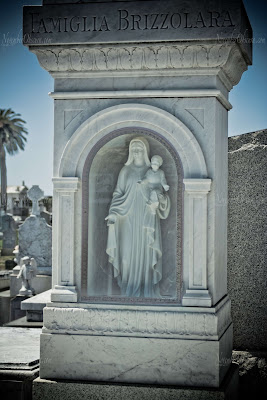
Dance of Death, also variously called Danse Macabre (French), Danza Macabra (Italian and Spanish), Dança da Morte (Portuguese), or Totentanz (German), is a late-medieval allegory on the universality of death: no matter one's station in life, the dance of death unites all. La Danse Macabre consists of the personified death leading a row of dancing figures from all walks of life to the grave, typically with an emperor, king, youngster, and beautiful girl—all skeletal. They were produced to remind people of how fragile their lives and how vain the glories of earthly life were. Its origins are postulated from illustrated sermon texts; the earliest artistic examples are in a cemetery in Paris from 1424.

The earliest artistic example is from the frescoed cemetery of the Church of the Holy Innocents in Paris (1424). There are also works by Konrad Witz, in Basel (1440); Bernt Notke, in Lübeck (1463); and woodcuts designed by Hans Holbein the Younger and executed by Hans Lützelburger (1538).
The deathly horrors of the 14th century—such as recurring famines; the Hundred Years' War in France; and, most of all, the Black Death—were culturally digested throughout Europe. The omnipresent possibility of sudden and painful death increased the religious desire for penitence, but it also evoked a hysterical desire for amusement while still possible; a last dance as cold comfort. The danse macabre combines both desires: similar to the popular mediaeval mystery plays, the dance-with-death allegory was originally a didactic play to remind people of the inevitability of death and to advise them strongly to be prepared all times for death.
The earliest examples of such plays, which consisted of short dialogues between Death and each of its victims, can be found in the direct aftermath of the Black Death in Germany (where it was known as the Totentanz, and in Spain as la Danza de la Muerte). The French term danse macabre most likely derives from Latin Chorea Machabæorum, literally "dance of the Maccabees." 2 Maccabees, a deuterocanonical book of the Bible in which the grim martyrdom of a mother and her seven sons is described, was a well-known mediaeval subject. It is possible that the Maccabean Martyrs were commemorated in some early French plays or that people just associated the book’s vivid descriptions of the martyrdom with the interaction between Death and its prey. Both the play and the evolving paintings were ostensive penitential sermons that even illiterate people (who were the overwhelming majority) could understand.

Furthermore, church frescoes dealing with death had a long tradition and were widespread; e.g., the legend of the three men and the three dead: on a ride, three young gentlemen meet the skeletal remains of three of their ancestors who warn them, Quod fuimus, estis; quod sumus, vos eritis (What we were, you are; what we are, you will be). Numerous if often simple fresco versions of that legend from the 13th century onwards have survived (for instance, in the hospital church of Wismar). Since they showed pictorial sequences of men and skeletons covered with shrouds, those paintings can be regarded as cultural precursors of the new genre.
A danse macabre painting normally shows a round dance headed by Death. From the highest ranks of the mediaeval hierarchy (usually pope and emperor) descending to its lowest (beggar, peasant, and child), each mortal’s hand is taken by a skeleton or an extremely decayed body. The famous Totentanz in Lübeck’s Marienkirche (destroyed by an Allied bomb raid in WW II) presented Death as very lively and agile, making the impression that the skeletons were actually dancing, whereas their dancing partners looked clumsy and passive. The apparent class distinction in almost all of these paintings is completely neutralized by Death as the ultimate equalizer, so that a sociocritical element is subtly inherent to the whole genre. The Totentanz of Metzin, for example, shows how a pope crowned with his tiara is being led into hell by the dancing Death.














































